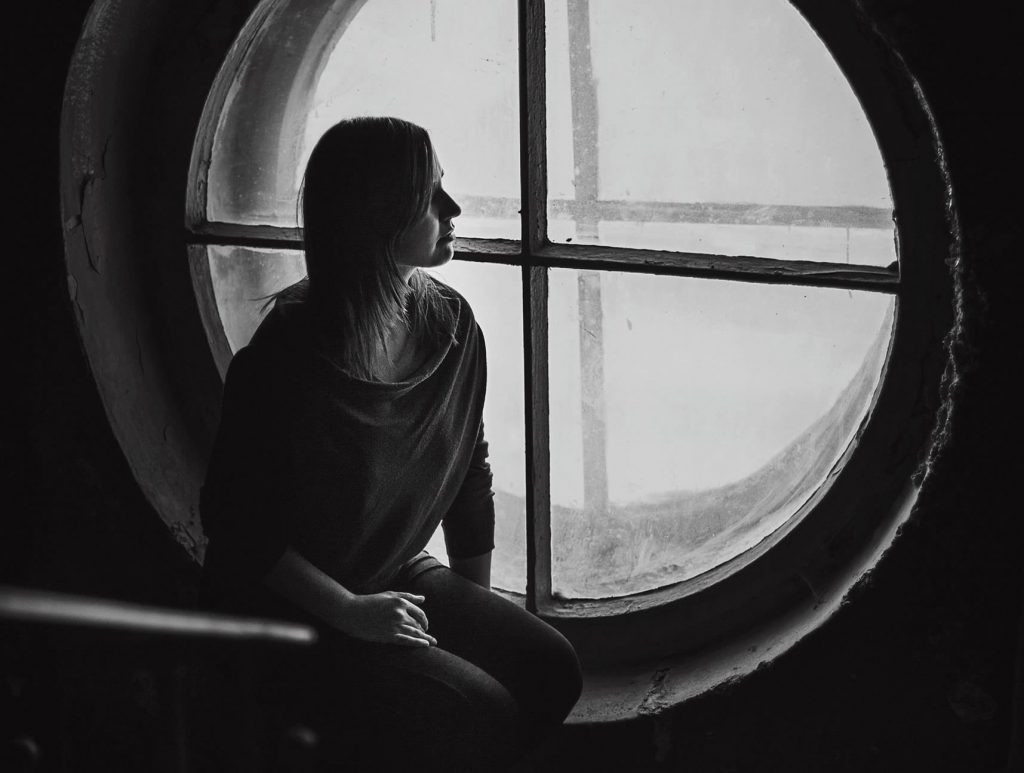Most people look forward to the wonderful colors of fall and exciting holiday season after that. It is the time to enjoy being indoors with family and friends. However, for patients suffering from Seasonal Affective Disorder (SAD), the shortening of days and lack of sunshine is not something to look forward to. For these patients, darkness can fall on their mood as well as outside.
For most people, the symptoms of this depression start in the fall and carry over into the winter. By March or April, the symptoms begin to subside. People who are affected by SAD might be tempted to just call it the winter blues. Because SAD occurs mainly in the winter months, it can also be referred to as winter-onset depression. But SAD can also occur, although much less frequently, as summer-onset depression. The American Academy of Family Physicians reports that as many as half a million people in the United States might have winter-onset depression. Women are affected by SAD more than men, and the risk of it increases with age.
What Causes Seasonal Affective Disorder?
The causes of Seasonal Affective Disorder are fairly well understood. Normally, when the light hits the back of the eye, it sends signals to the brain that control mood, activity, appetite, and sleep. If there is not enough light, these signals weaken and gradually stop.
What happens during darker months is that your circadian rhythm gets disrupted and it confuses your body. This can last the whole winter, or until you are exposed to more sunlight again. The delicate balance of melatonin and serotonin is disturbed during that time of the year, so you start feeling the symptoms of depression.
It is unclear why SAD affects only some people and not others. It is thought that some of us simply need more sunlight to function normally, while others see no difference in their mood at all.
Symptoms of SAD
Even though the American Psychiatric Association does not regard SAD as a separate disorder, it is seen as a “course specifier.” This means that it is classified as a depressive episode under major depressive or bipolar disorder.
The Mayo Clinic and the American Academy of Family Physicians list the following symptoms of SAD. Not everyone who has SAD will have the same symptoms, but these are the most common:
- depression
- hopelessness
- anxiety
- drop in energy
- social withdrawal
- oversleeping
- loss of interest in activities you once enjoyed
- appetite change, especially craving sweet or starchy foods
- weight gain
- difficulty concentrating
- increased sensitivity to social rejection
These symptoms can appear gradually or suddenly, depending on your age, gender, and even where you live (as different parts of the globe have different levels of sunshine throughout the year).
It is interesting to see that while only 1.4% of Florida residents experience SAD, the numbers are much higher up north, in Alaska, where reportedly 9.9% of people suffer from this condition (according to Nolen-Hoeksema, Susan (2014). Abnormal Psychology (6th ed.). New York, New York: McGraw-Hill Education.).
Treatment for SAD
Don’t think that you have to go on suffering through the winter blues or seasonal funk. Make an appointment with your doctor or mental health professional because there are treatments that can help reduce these feelings of depression.
Because SAD is related to the decreased sunlight in wintertime, one of the most successful ways to treat the depression is with light therapy, also called phototherapy. The patient sits in front of a specially made light box or wears a light visor on the head like a cap for a prescribed amount of time each day. This SAD light imitates the natural sunlight that a person would be getting in the spring and summer months. A person should not use a tanning bed to treat SAD because of the harmful ultraviolet rays.
Doctors might also use SSRI antidepressants (selective serotonin reuptake inhibitors) for people who suffer from SAD. Some of the most commonly used antidepressants are fluoxetine, sertraline, or paroxetine according to American Journal of Psychiatry. Another medical option is psychotherapy, which might help a person identify and change some of the negative thoughts that are causing the depression.
How Do You Know When to See the Doctor?
If you think you have SAD and your symptoms are mild, the National Alliance on Mental Illness website recommends you use more bright lamps in your home and spend more time outdoors. If the symptoms of depression are affecting your daily routine, then the next step is to schedule an appointment with a mental health professional who treats SAD. These medical professionals can recommend the most appropriate treatment.
If you or someone you know experiences severe SAD or other mental health problems, it is important to seek help from a qualified professional. Our Resource Specialist can help you find expert mental health resources to recover in your community. Contact us now for more information on this free service to our users.
Author Bio: Meredith Rogers is a blogger, health writer, and a nurse. She has suffered from a mild form of SAD herself and would like to help people who experience this type of seasonal disorder. She is currently editor-in-chief for GeriatricNursing.org, a nursing blog for various nursing issues related to older adults.
The opinions and views expressed in this guest blog do not necessarily reflect those of www.rtor.org or its sponsor, Laurel House, Inc.
Recommended for You
- 5 Signs You’re Ready for Therapy - November 21, 2024
- Recovering from Toxic Positivity: A Path to a Healthier You - November 18, 2024
- Combating Anxiety in a World of Uncertainty - November 6, 2024






WOW I finally realize what is bothering me. Thanks so much.